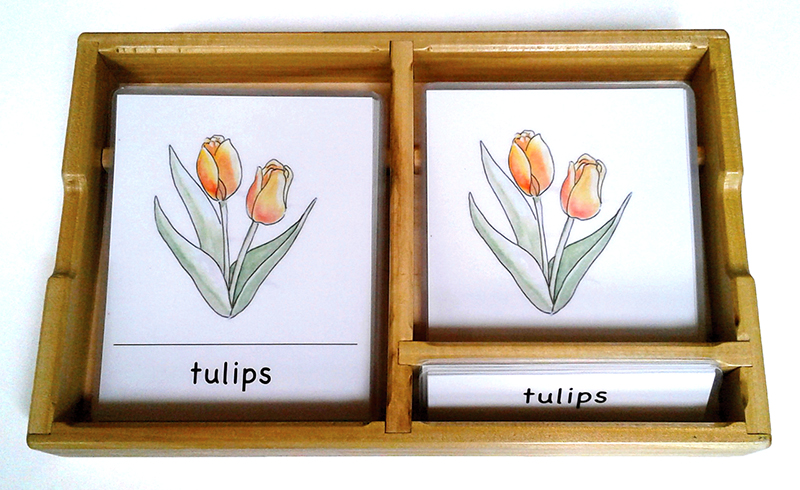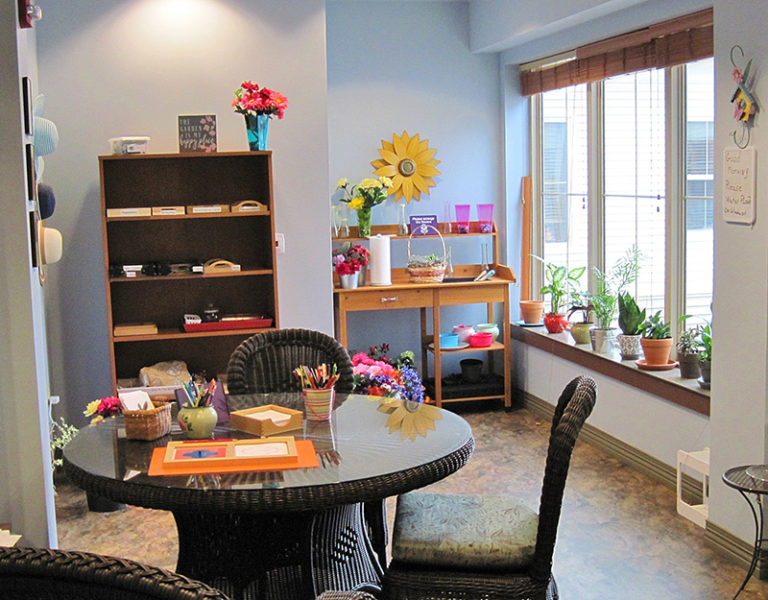Simplicity is Often Best: Engaging Elders with Dementia
Simple is Often Best
It’s easy to get stuck in a rut when it comes to the materials we use for engaging elders. Most of us eagerly welcome new ideas for roles and activities. I’ve been known to come up with some pretty elaborate concepts to try and shake things up, but I have learned that keeping it simple usually works best.
One of my favorite materials are Three-Part Cards (also known as Nomenclature Cards). These cards can be used to help elders maintain and improve language skills such as reading and naming. In addition, the materials can address sequencing, attention to task, fine and gross motor skills, turn taking, conversation and reminiscence. I like the variety of topics that can be covered with this material. For example, a gardener can use cards with flower illustrations, a sailor can work with boat parts, a chef can interact with cards that identify items in the kitchen. The topics are endless, and the activity is person-centered!
Often the Three-Part Cards made for Montessori classrooms are too small for older adults to manipulate and read, or are covered in shiny lamination that causes glare. Lucky for us, Montessori Images makes a line of Three-Part Cards that have been especially designed and tested with older adults and people with dementia. They also make beautiful box in which to store the cards.
So, give it a try! Here is how to use Three-Part Cards:
Purpose
- Maintain language and reading skills
- Exercise motor control
- Preserve pincer grasp
- Maintain focused attention
- Participate in an activity on a topic of interest
Materials
- 3-part wooden tray
- 3-part nomenclature cards
- Placemat that contrasts from the table and the cards
Participating in the Activity
- Carry the tray to the table.
- Remove the control cards (with pictures and words), and line them up along the left side of the placemat.
- Pick a picture card (no label) and compare it to each control card. When you find the matching control card, place them side by side.
- Continue until all the pictures have been matched.
- Pick a label (words) and compare it to each control card.
- When you find the matching control card, place them side by side.
- Continue until all the labels have been matched.
- Return all of the cards to the container.
- Return the materials to the shelf.
Modifications
- Use only three cards (simpler)
- Begin with picture cards (more difficult)
- Remove labels, match pictures only
- Match objects on picture cards
Extensions (with vegetable cards, for example):
- Reminisce about gardening
- Read a book about growing a garden
- Plant vegetable seeds
- Make a salad together





